The History of Technology - Unreal Engine
| GENERAL INFORMATION ABOUT TECHNOLOGY |

Starting its march in 1998, Unreal Engine differed from its competitors in a number of innovations, and some of them were ahead of their time. On the first version of the engine from Epic Games, only three games were released, and the most famous of which is the eponymous Unreal. Every gamer has come across the Unreal Engine and the list of games that use the Epic Games product includes more than a hundred, including Deus Ex, Dishonored, Lineage II, Thief: Deadly Shadows, Postal 2, the Brothers in Arms series, Tom Clancy's Splinter Cell, Tom Clancy's Rainbow Six, as well as the well-known game series Unreal and Unreal Tournament. Being adapted primarily for first-person shooters, the engine was also used to create games of other genres.
| UNREAL TECHNOLOGY |
Written in C++, the engine allows you to create games for most operating systems and platforms: Microsoft Windows, Linux, Mac OS and Mac OS X, Xbox, Xbox 360, PlayStation 2, PlayStation Portable, PlayStation 3, Wii, Dreamcast and Nintendo GameCube consoles. In December 2010, Mark Rein demonstrated Unreal Engine 3 on the iPod Touch and iPhone 3GS. In March 2010, the engine was demonstrated on the Palm Pre communicator based on the webOS mobile platform.

To simplify porting, the engine uses a modular system of dependent components: supports various rendering systems, including Direct3D, OpenGL, audio playback, text-to-speech, speech recognition for Xbox360, PlayStation 3, Nintendo Wii, modules for working with networking and support for various input devices

For online play, Windows Live, Xbox Live, and GameSpy technologies are supported, including up to 64 players at the same time. Despite the fact that the development tools do not officially include support for a large number of clients on a single server, the engine has been used to create MMORPG games. One of the most famous representatives of the MMORPG genre, Lineage II uses the Unreal Engine.
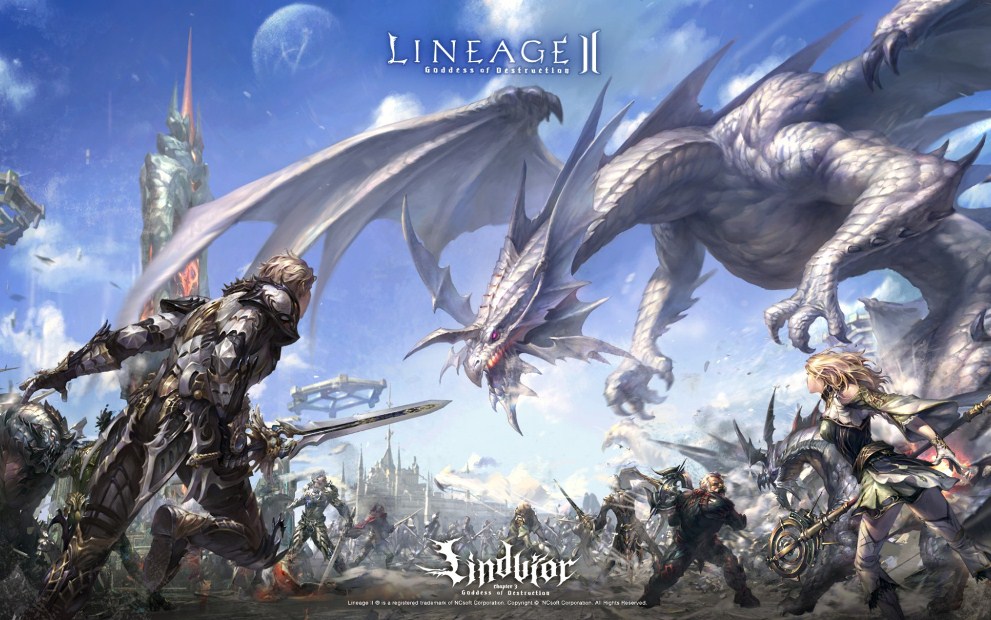
| UNREAL ENGINE 1 |
Unreal Engine 1 combined a graphics engine, a physics engine, artificial intelligence, file and network system management, and a ready-made development environment for UnrealEd games in one engine. Given the performance level of most computers of that time, the developers somewhat simplified some elements of the engine: collision detection system, network code, controller code for the player. This also improved the quality of other features they developed.

Some technologies in the Unreal Engine were revolutionary new, such as the use of the Dynamic scene graph. This technology allowed a number of effects to be applied to surfaces:
Skybox - projection onto the rendering surface from another point. Thus, the display is not the front face of the polygons, but the back, with the "sky" texture applied to the object in advance. In general, the game widely used the method of scaling textures in such a way, which led to very realistic and, most importantly, dynamic pictures of the environment. By comparison, Quake III, which uses the id Teach 3 competitor engine, also had a dynamic sky, but unlike Unreal, it looked less realistic there. Unreal was one of the first games to make extensive use of multitexturing to achieve the effect of three-dimensional surfaces.

The engine supported partially, or completely, mirrored surfaces. The technology for creating fully mirrored surfaces existed in the Build Engine (2.5D class engine) that could be seen in Duke Nukem 3D, but the WARP surface in the Unreal Engine was radically new and was a surface onto which other surfaces were projected.
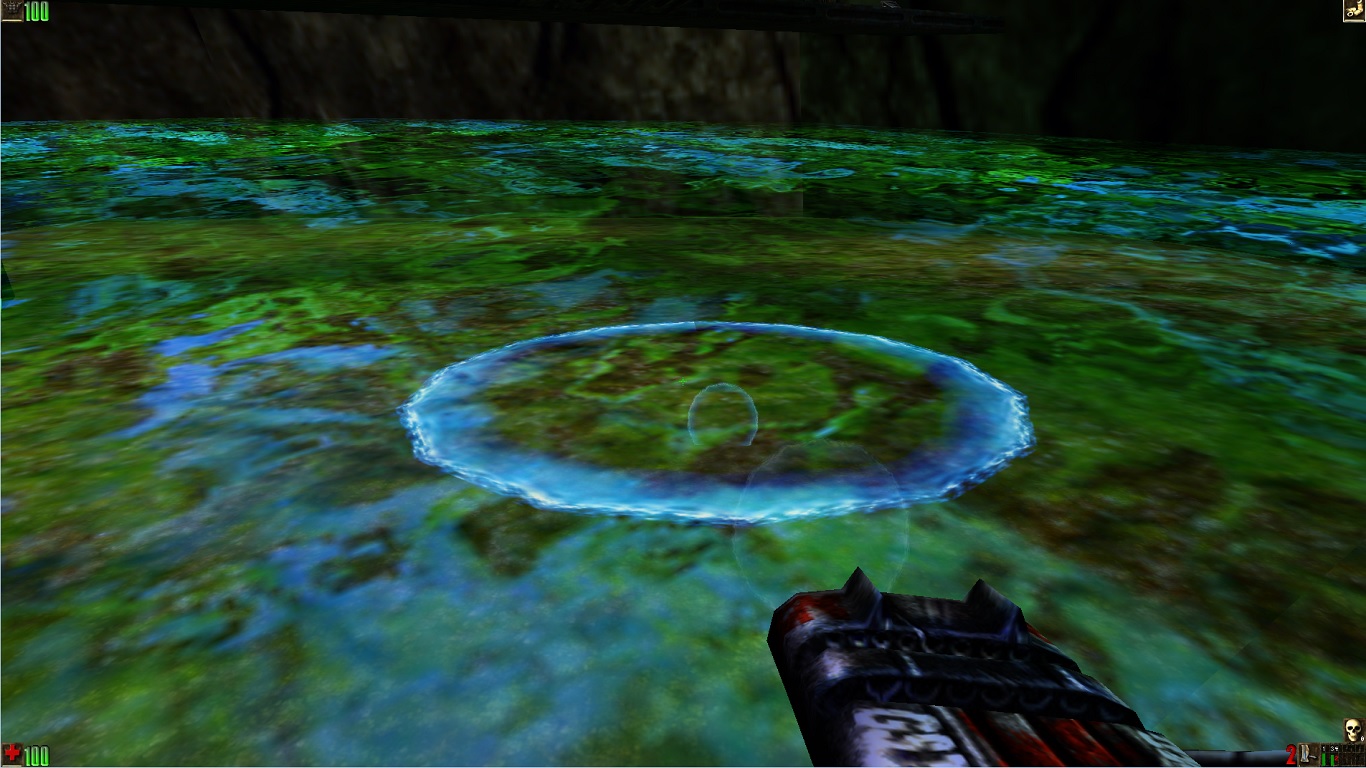
Warp technology (warp) is the ability to replace the image of one surface with a projection of the image onto another surface parallel to it when drawing. Bullets and shells from the player's weapons could also fly through the warp surface, but there were a large number of restrictions on the operation of such zones. To put it simply, such a surface created a portal in which the exit point was visible and into which one could teleport not only oneself, but also send projectiles. In the future, we could see this technology in Quake III and Portal. The game designers added a great dynamic effect of iridescent and luminous surface to such portals, as a result of which portals were one of the notable features of Unreal 1.

The engine was one of the first to introduce a halo effect around light sources that faded out smoothly, being covered by the edges of the walls as the player moved; lava and some textures of water puddles into which drops fell were made dynamic due to the use of procedural textures rather than shaders, as in later games.

Initially, the engine was released with support for two platforms: PC (Windows) and Macintosh. Due to the engine's modular system, it was announced that the engine could be ported to the "new generation" consoles of the time, such as the GameCube, PlayStation 2, and Xbox. It also supported the independence of the network code from the client platform - Mac OS users could play in Unreal multiplayer mode with Microsoft Windows users.
| UNREAL ENGINE 1.5 |
In 1999, an improved version of the Unreal engine was released, designed for modern computers and Dreamcast and PlayStation 2 consoles at that time. Significant additions were made - support for facial animation, maximum texture resolution increased to 1024x1024, an expandable "particle" system, S3TC technology. The second version of the UnrealEd editor has also been integrated.
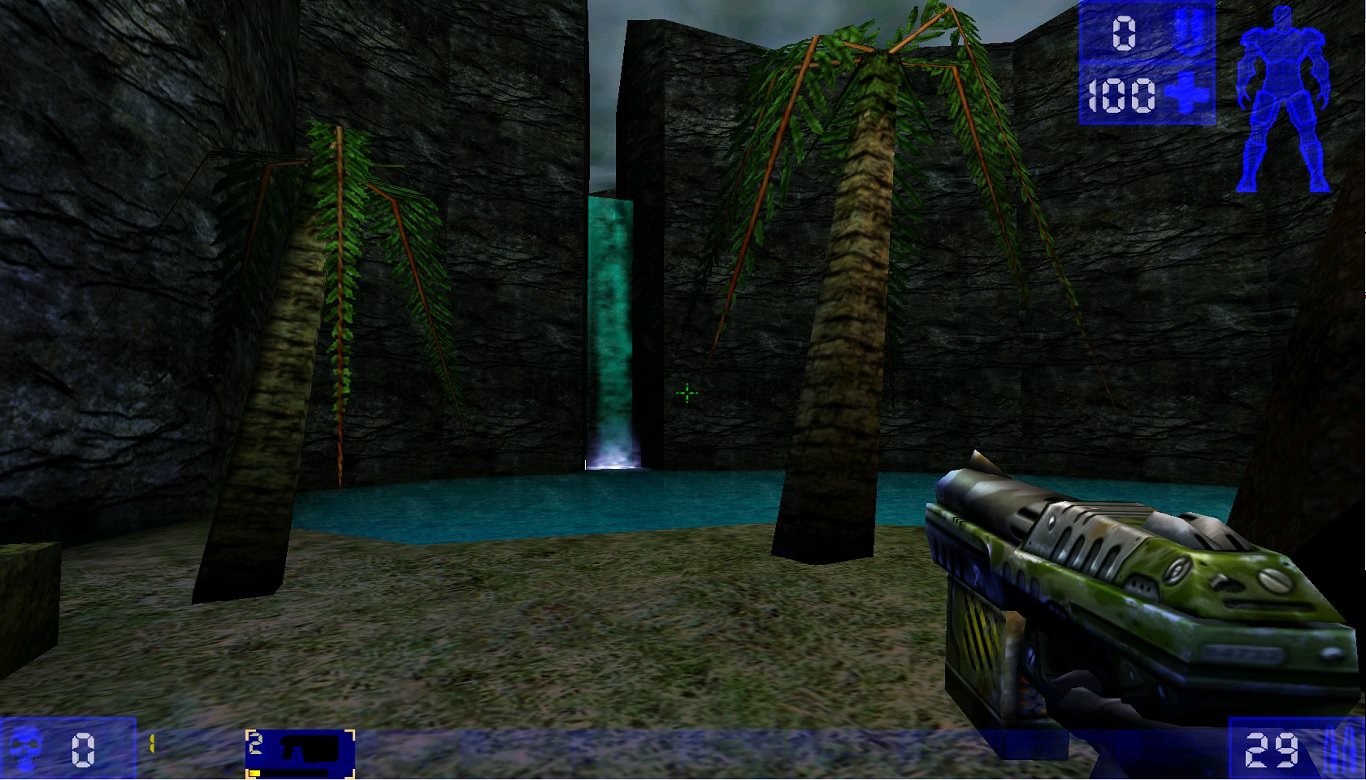
This version of the engine is used in the multiplayer shooter Unreal Tournament, and in the adventure game Harry Potter and the Philosopher's Stone.

A few years later, a group of independent developers UTPG approached Epic Games for access to the source codes of the Unreal Tournament executable files to further support the game. Epic Games accepted the offer and for some time the development team released unofficial patches for the game.
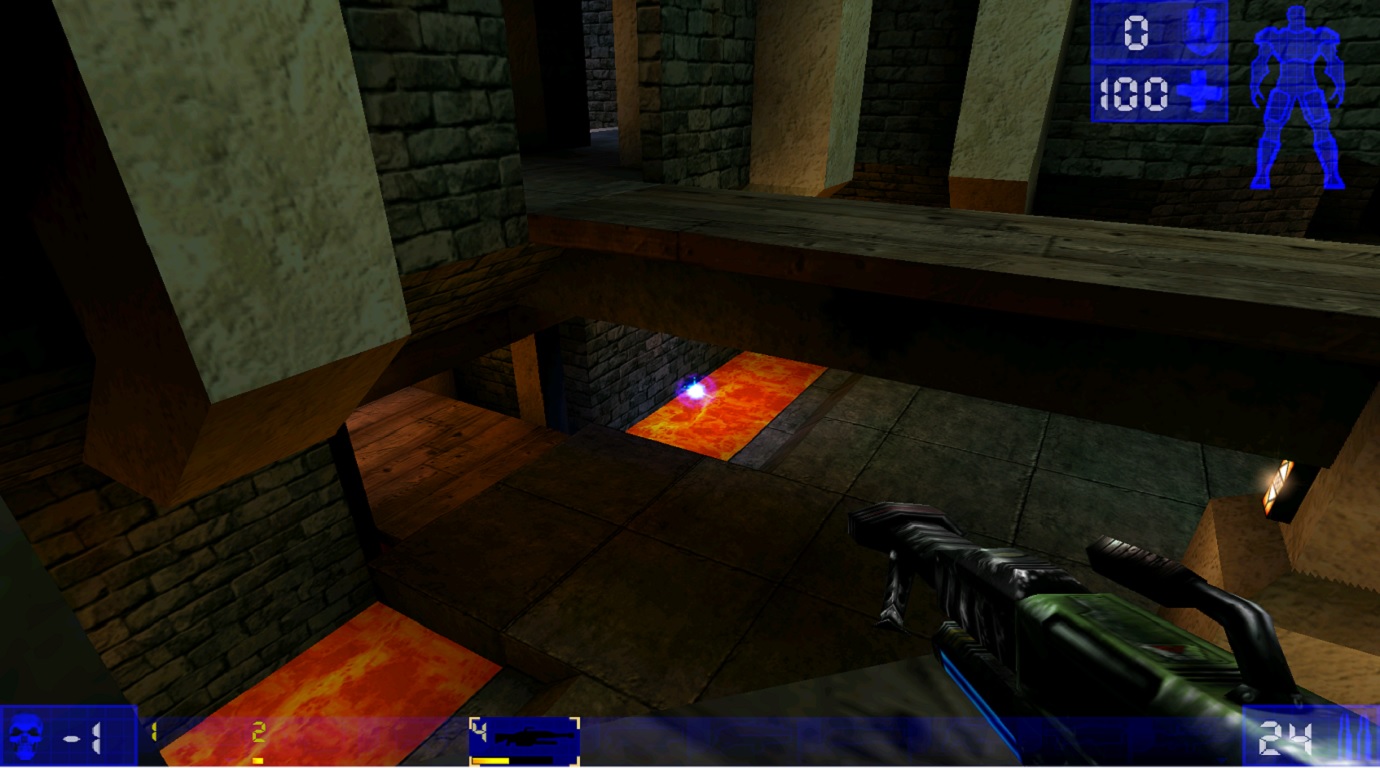
| SYSTEM REQUIREMENTS FOR UNREAL ENGINE 1 |
| Minimum system requirements | Effective system requirements | Optimal system requirements |
|
Processor: AMD Athlon or Pentium III 700 GHz
RAM: 128 MB RAM
Video: 16 MB
Video card : Radeon 7500 or GeForce MX 200 or higher Operating systems: Windows 98SE/2000/XP |
Processor: AMD Athlon or Pentium III 1 GHz
RAM: 256 MB RAM
Video: 32 MB
Video card : Radeon 8500 or GeForce 3 Ti 300 or higher Operating systems: Windows 98SE/2000/XP |
Processor: AMD Athlon XP 2600+ or Pentium 4 2.0 GHz
RAM: 256 MB RAM
Video: 64 MB
Video card: Radeon 9600 or GeForce FX 5600 or higher Operating systems: Windows 98SE/2000/XP |
| UNREAL ENGINE 2 |
The second version of Unreal Engine was released in 2002 and brought with it a lot of new things. In the new version, the core and rendering engine were almost completely rewritten, and a new version of the UnrealEd 3 editor was integrated. In addition, one of the most important changes was the integration of a third-party physical Karma subsystem. This brought physics to a new level and allowed Epic Games to refine the rest of the engine - optimize or change for better compatibility with the PlayStation 2, GameCube and Xbox.
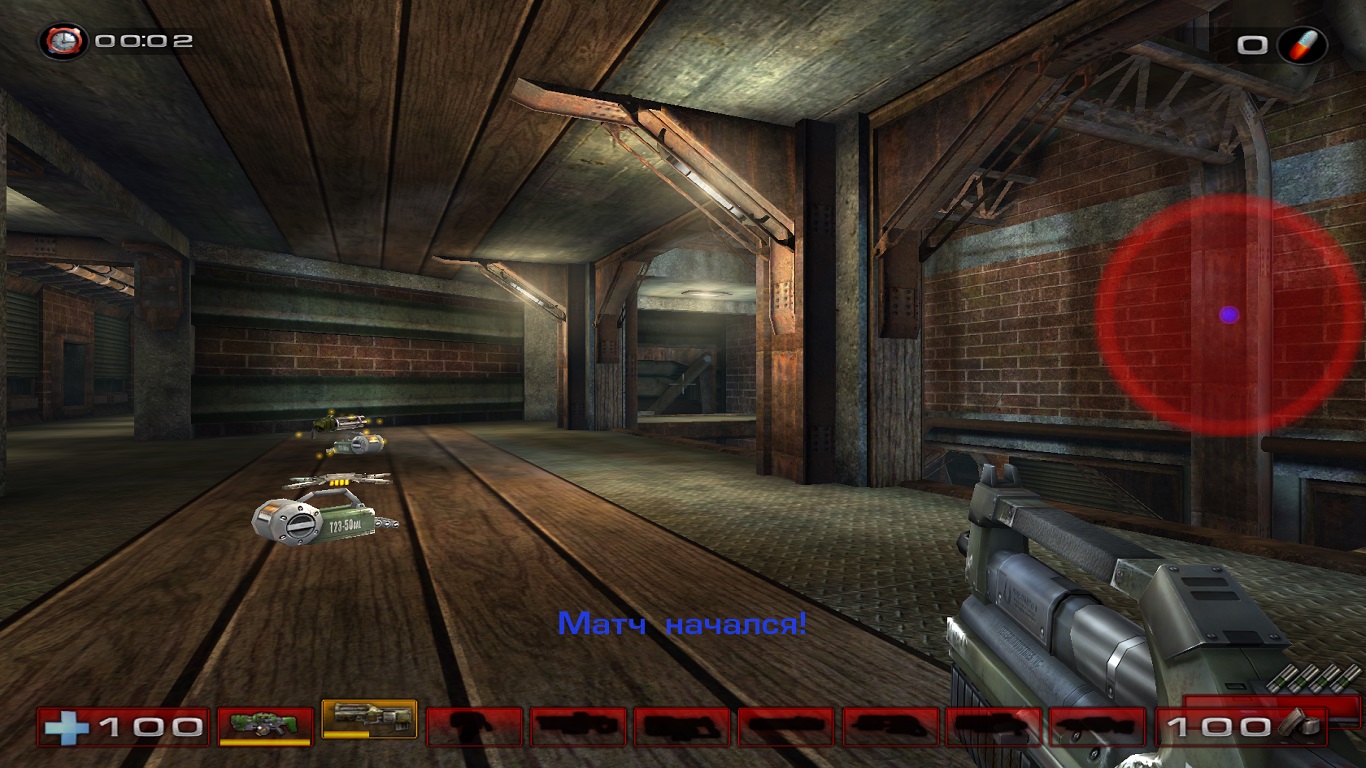
It is also worth mentioning the borrowed sound engine EAX 3.0 from Creative Labs.
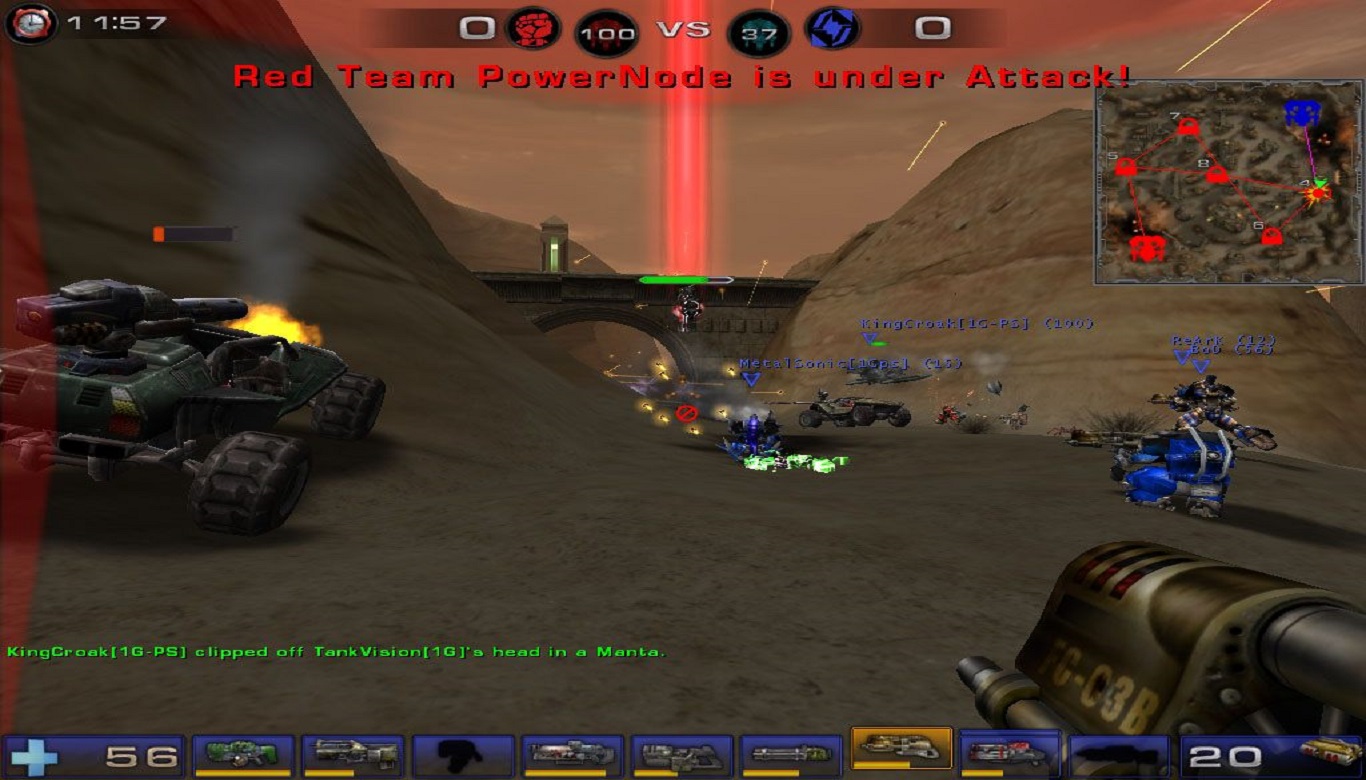
The engine has undergone significant changes and the following technologies have appeared in it:
Ragdoll physics - despite the fact that the "skeletal" structure of objects was implemented in the first version of the engine, the possibility of using "ragdoll" physics appeared only with the transition to a new physical subsystem. This technology used the "skeletal" structure of the models to create realistic model falls. In games without this technology, a death animation is attached to the model, which looks rather primitive.
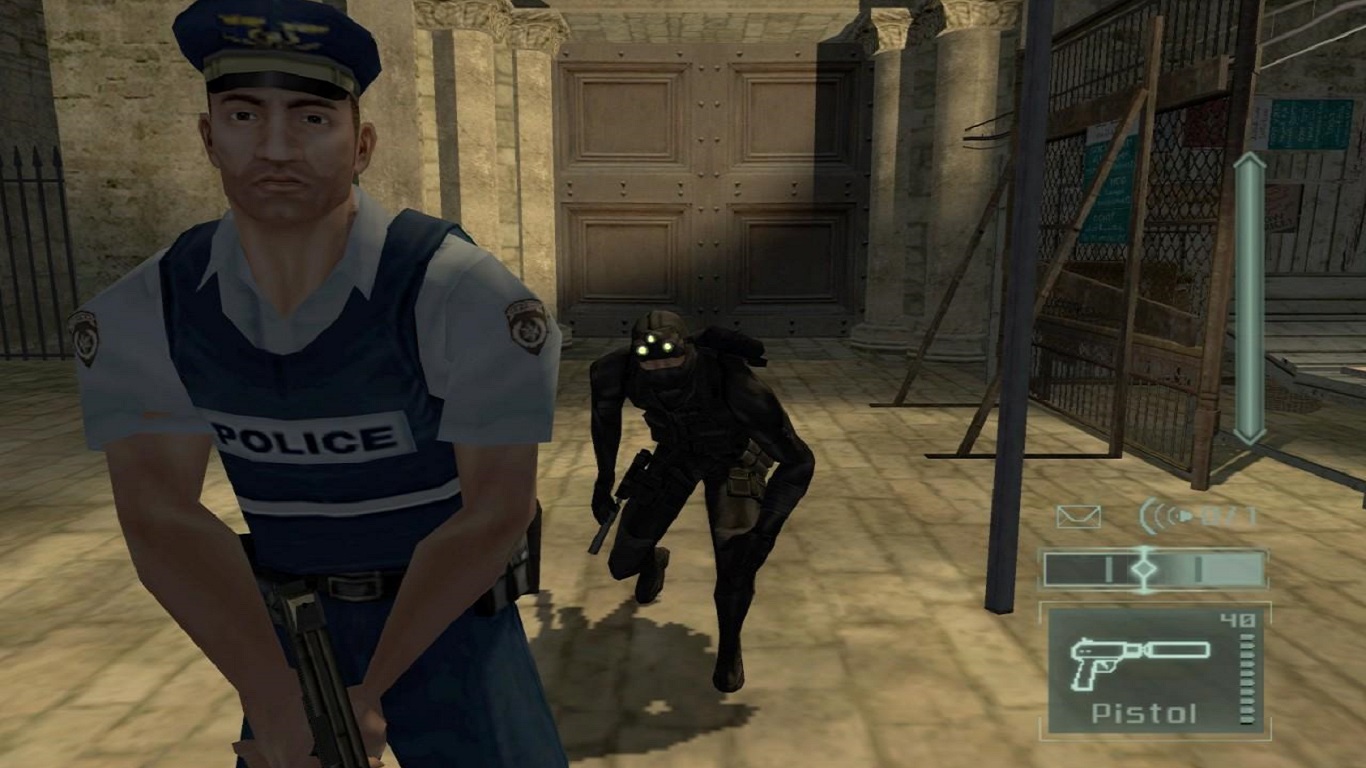
Liquid surfaces were added to the engine, which consisted of a large number of polygons and could change - for example, upon contact with the player, to create the illusion of immersion in water.
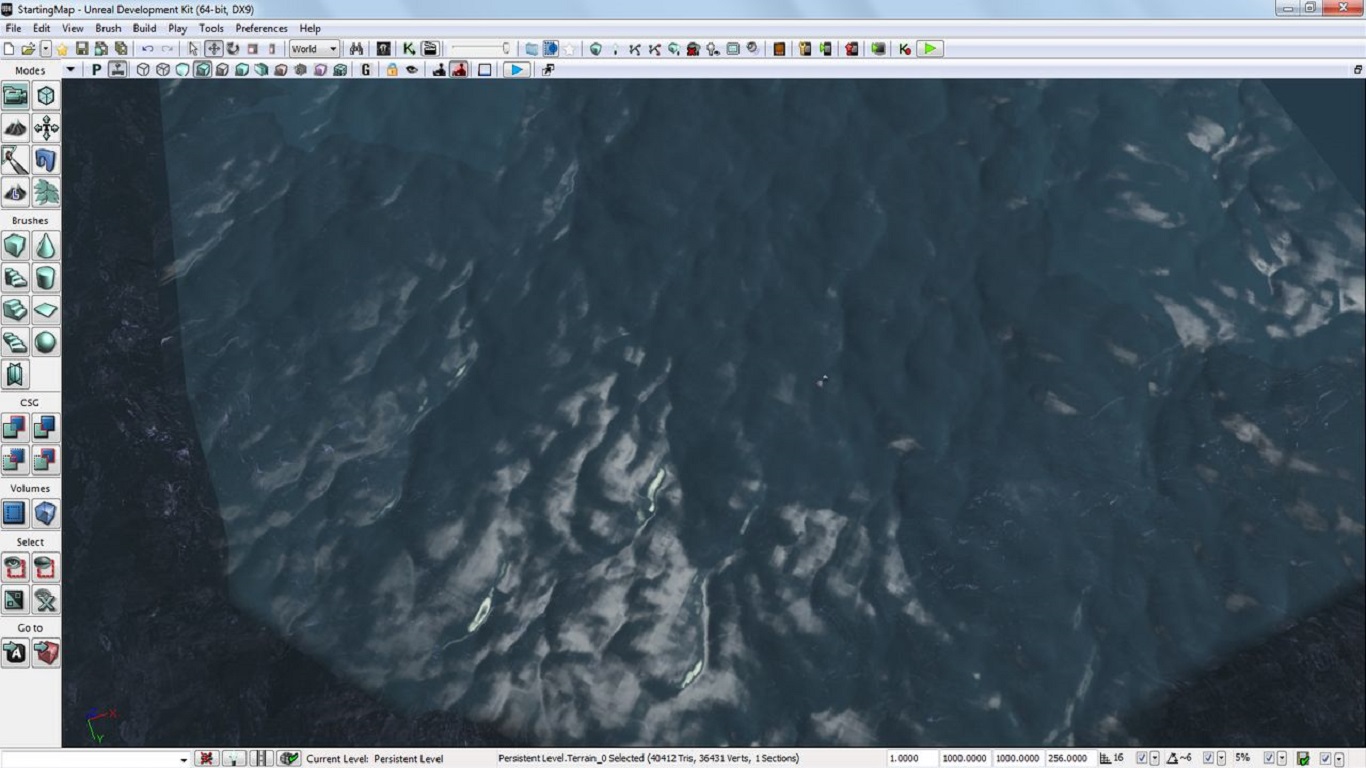
As well as a kind of detailing, a foliage system has been added - objects generated on the fly that decorate the landscape.

VoIP support - the ability to talk through a microphone with other players during the game.
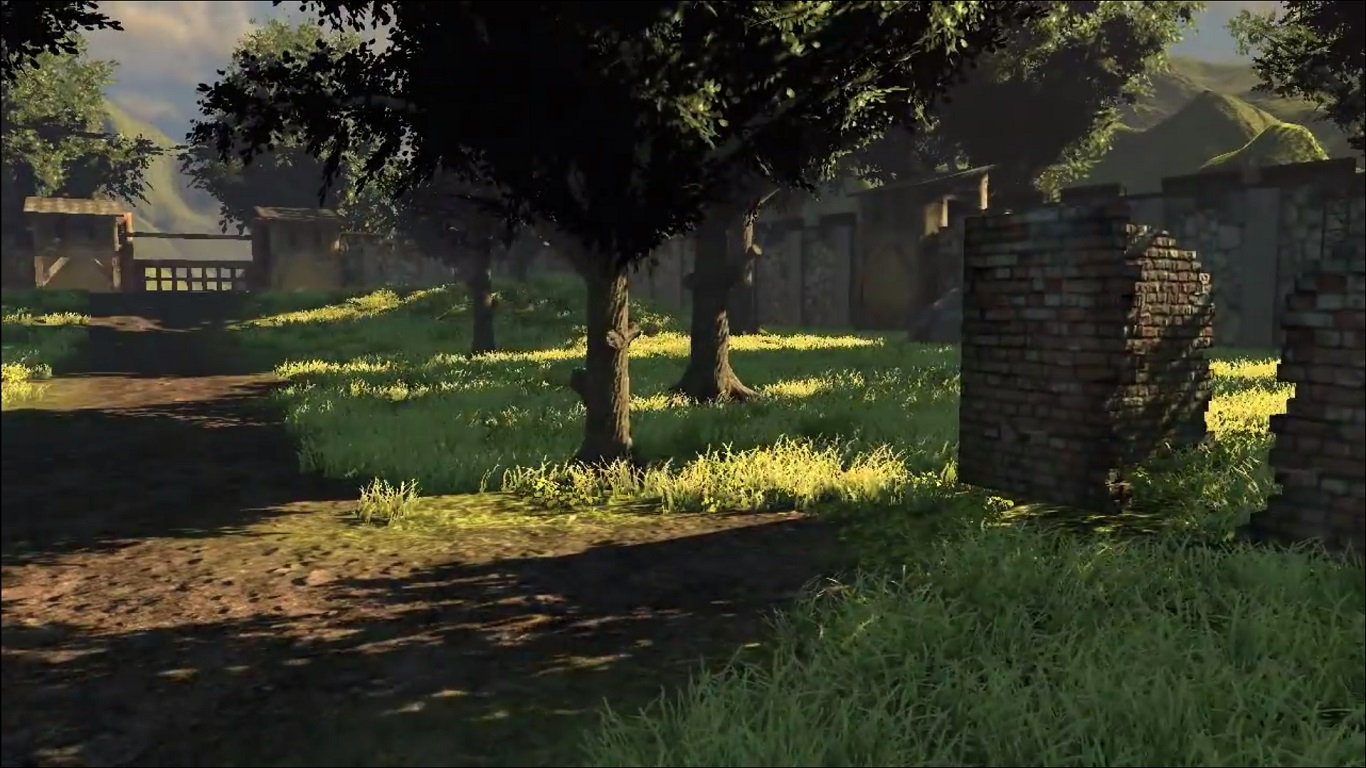
Speech recognition - translation of voice into text and processing as a command, which was implemented in the ability to give commands to bots by voice. This technology used the Microsoft Speech API and was therefore only supported on 32-bit Windows.
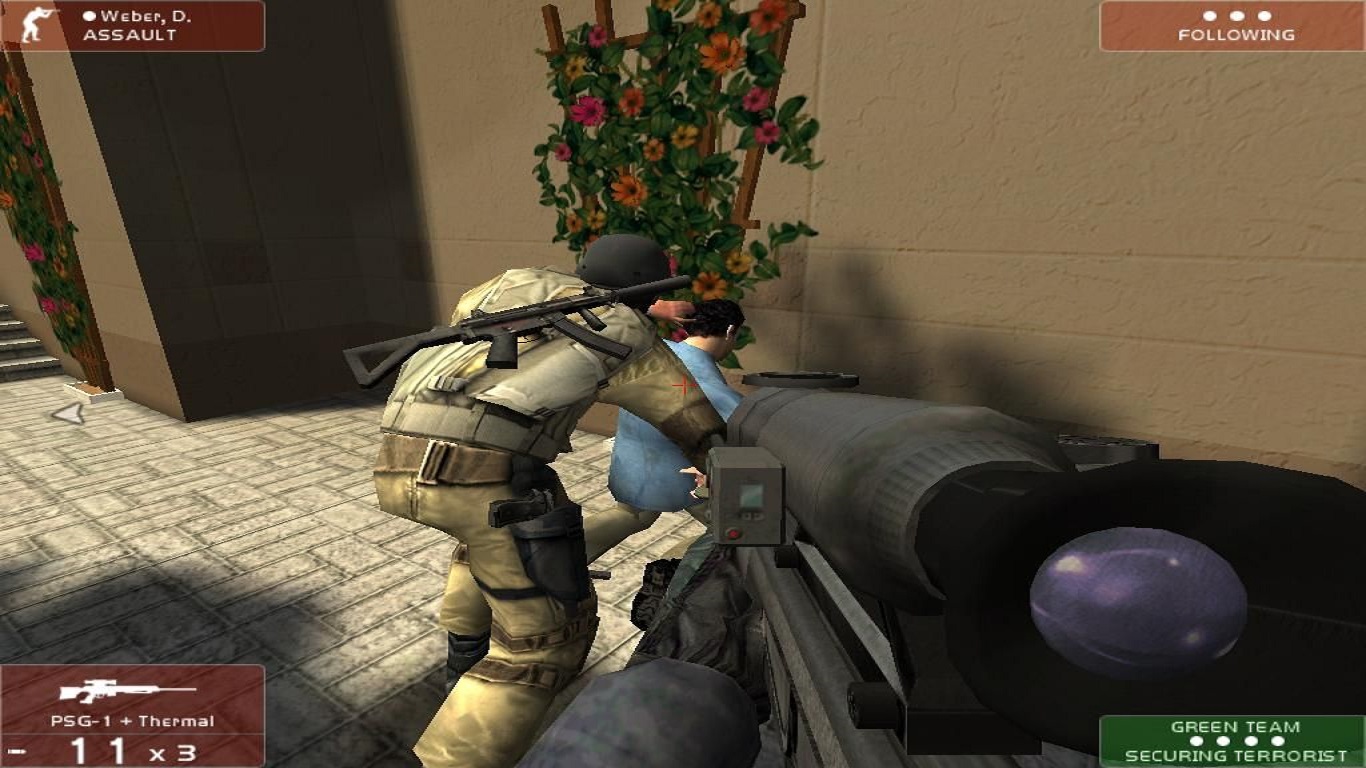
More complex body physics, thanks to the Karma technology, processed the interaction with the body not as with one solid object, but as an action on the skeleton with body parts attached to it. So each character's joint got limiters, and these limiters were of 2 types: articulated and linear. Linear could rotate only around one axis, and articulated on all 3. The action itself on some objects was determined not by collision boxes, but by complex models that were attached to the skeleton. Of course, this technology was not used everywhere, but only where it was necessary: for example, to calculate the interaction with a grenade, only the sphere of collisions was used to save resources.
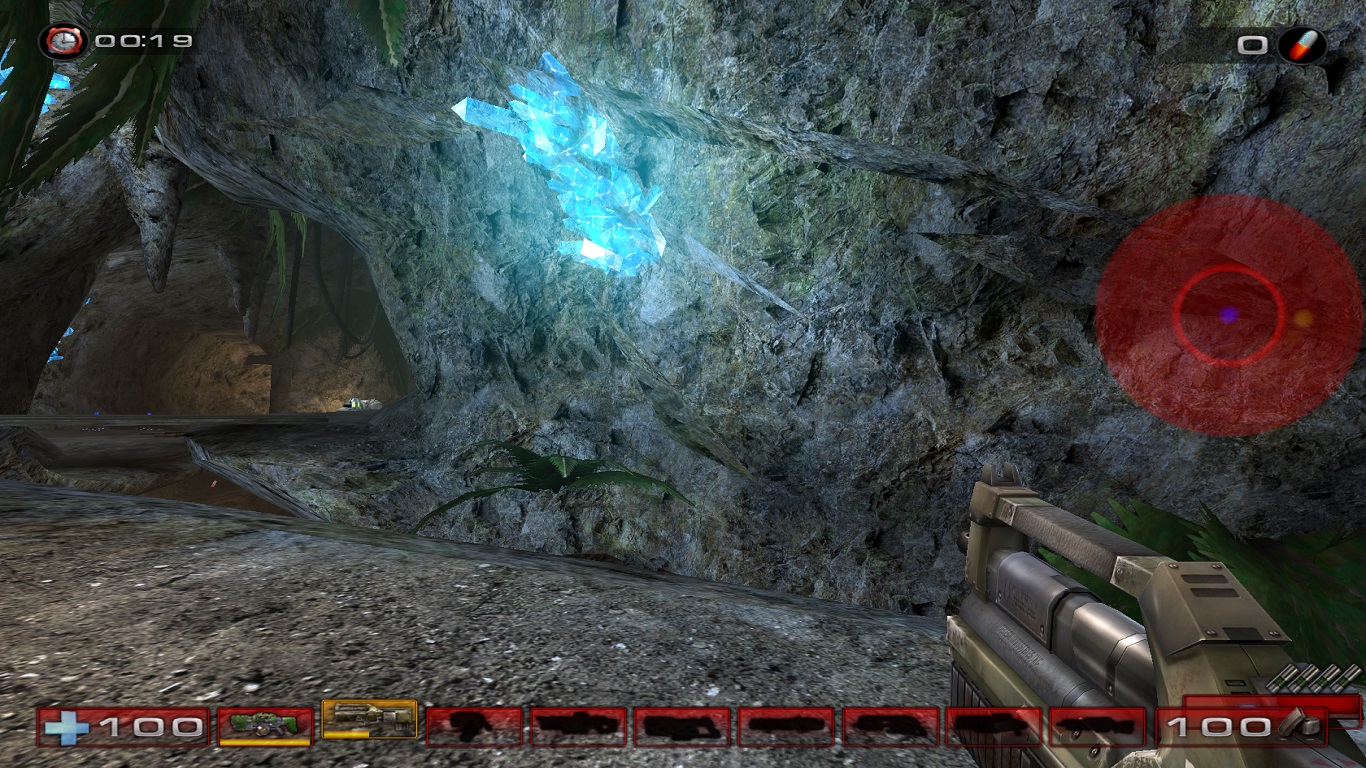
Vehicles - this technology was not fully implemented and was improved in subsequent versions of the engine. However, there is a level implementation for Unreal Tournament 2003, which contains a modified module that performs all the functions of the vehicle.
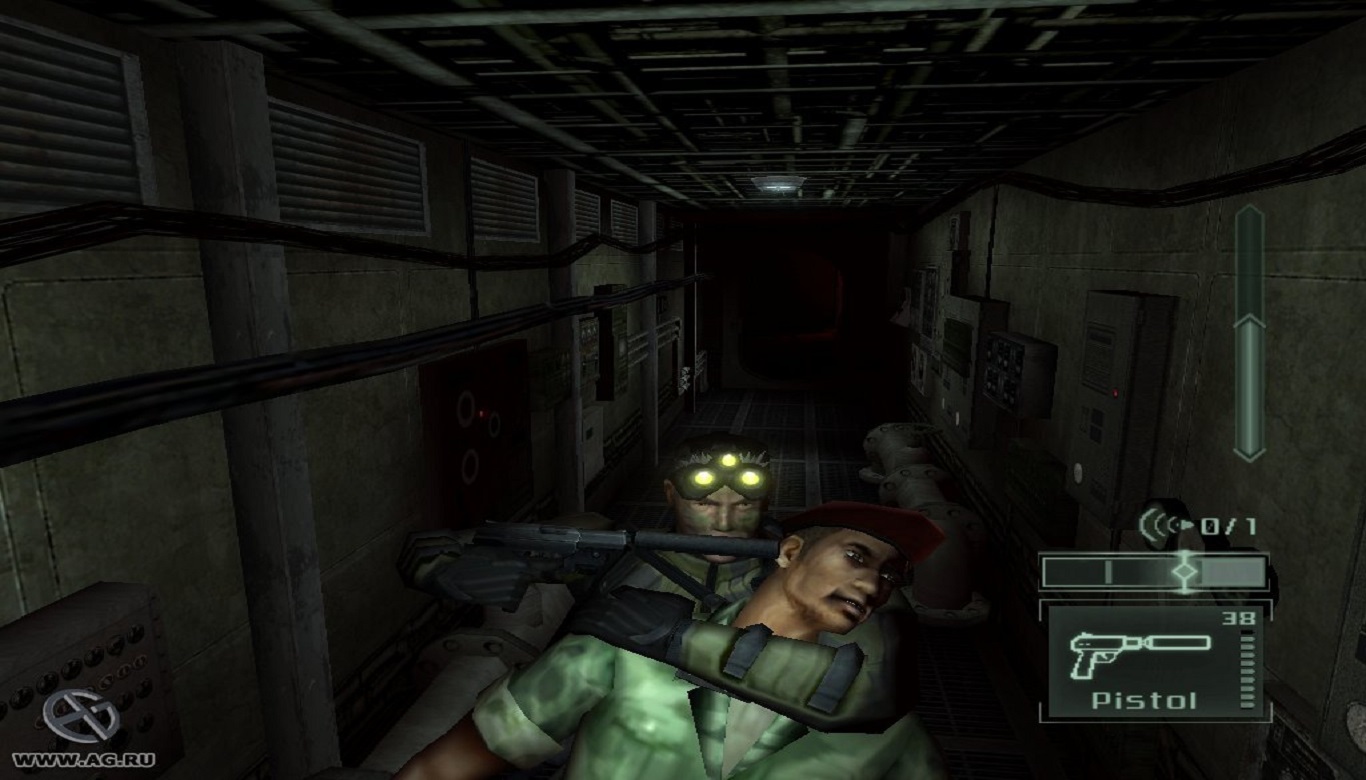
The use of Warp surfaces due to the transition to 32-bit graphics and the use of Karma technology has become difficult.
| UNREAL ENGINE 2.5 |
In this version, the graphics engine was once again improved and optimized - support for Direct3D 9, OpenGL 2 and Pixomatic (a rendering system that serves computers with a weak video card, but a powerful central processor) appeared. Added support for 64-bit Windows NT and GNU/Linux operating systems. The highest possible texture resolution was raised to 4096x4096 pixels, full Unicode support was added, which made it possible to create fully localized games in Asian languages.
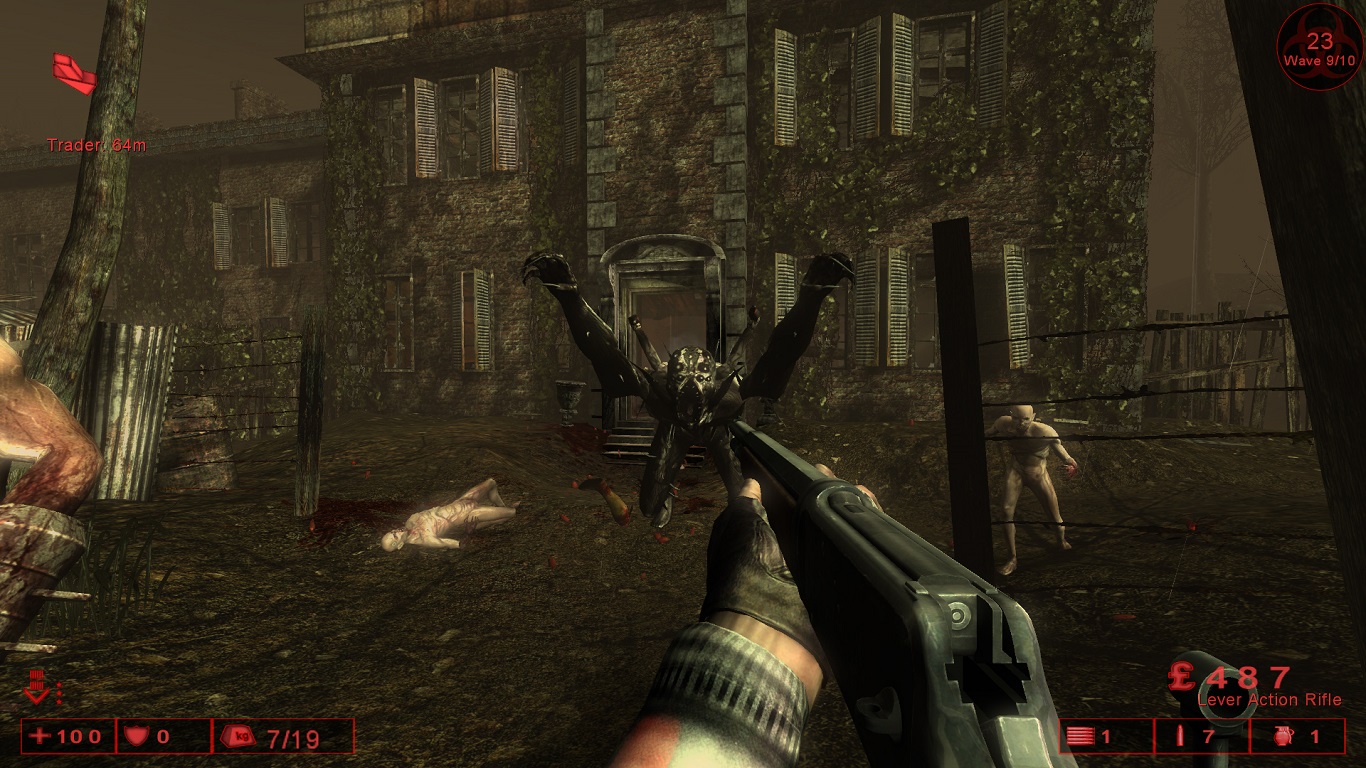
Later versions introduced SpeedTree and added the ability to play DivX and Bink videos. In addition, the engine itself has been significantly optimized, allowing for better performance with the same system requirements. This version of the engine was used in such computer games as Unreal Tournament 2004, Pariah, Killing Floor and many others.
| UNREAL ENGINE 2 RUNTIME |
Unreal Engine 2 Runtime is a special version of Unreal Engine 2.0 with a limited license. Later, the engine was replaced by UDK, a cheaper version of the Unreal Engine 3 engine. The user could download the distribution kit of the Windows version of the engine from the official website. The kit included the UnrealEd map editor, the ucc utility, as well as a test level and a small set of models and textures demonstrating the capabilities of the Unreal technology. The engine is free for non-commercial projects and for educational use.
| UNREAL ENGINE 2X |
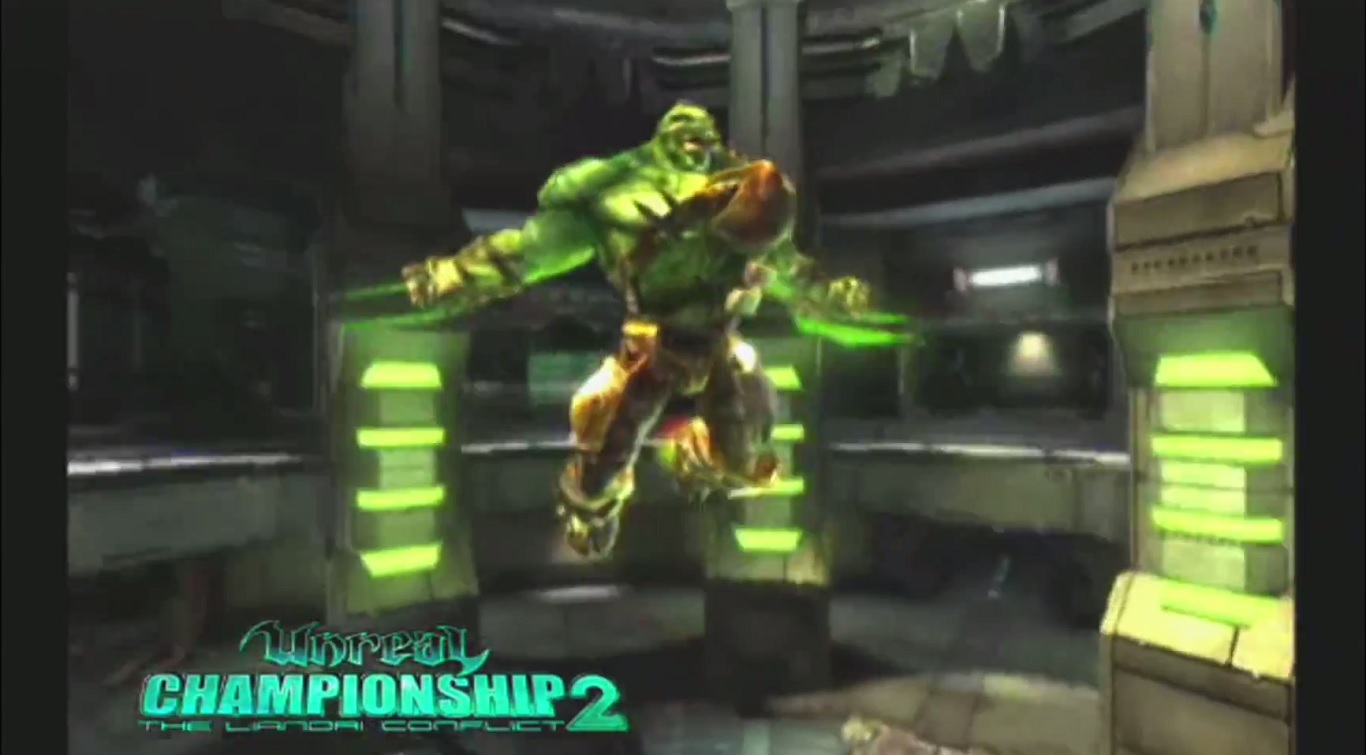
A special version of the engine for the Xbox console, based on version 2.0. In addition to code optimization, new visual effects were introduced: depth of field - this is the ability of the lens to display sharp objects located at different distances from it; dynamic gamma correction, bloom and various blur variations. The texture format has been changed to more realistic shadows in high resolution, added Memory Tracking, support for voice chat, Xbox Live service, and split screen functionality. Was only used in Unreal Championship 2.
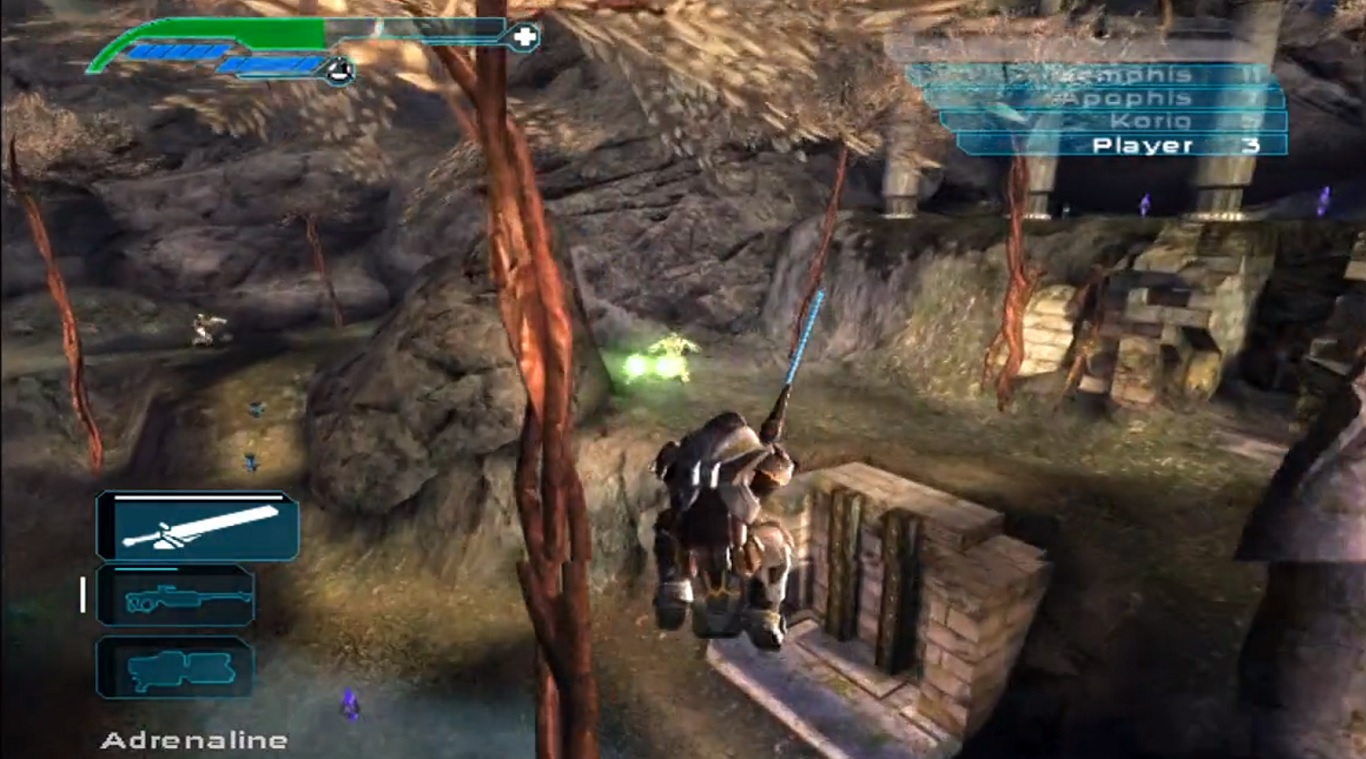
| SYSTEM REQUIREMENTS FOR UNREAL ENGINE 2 |
| Minimum system requirements | Effective system requirements | Optimal system requirements |
|
Processor: AMD Athlon XP 2800+ or Pentium 4 3 GHz
RAM: 512 MB RAM
Video: 128 MB
Video card : Radeon 9600 Pro or GeForce FX 5600 or higher Operating systems: Windows XP/Vista/7/8 |
Processor: AMD Athlon X2 3800+ or Core 2 Duo 6300
RAM: 1024 MB RAM
Video: 256 MB
Video card : Radeon X800XT or GeForce 6800 GT Operating systems: Windows XP/Vista/7/8 |
Processor: AMD Athlon X2 6000+ or Core 2 Duo E6850
RAM: 2048 MB RAM
Video: 512 MB
Video card : Radeon X 1800 XT or GeForce 7800 GTX Operating systems: Windows XP/Vista/7/8 |
| UNREAL ENGINE 3 |
The first version of Unreal Engine 3 was released in 2006. This cross-platform engine was developed with the next generation PlayStation 3, Xbox 360 consoles and personal computers in mind, using modern DirectX 9, OpenGL 2 and OpenGL 3 rendering systems. Support for DirectX 10 version was quickly added with the release of Windows Vista and shader version 4.0. Due to the widespread use of multiprocessor systems, the engine uses two parallel main threads - the main thread, which is mainly responsible for the game process and the rendering thread. In addition to the two main threads, secondary threads can be called, which perform one-time tasks. There is support for multi-threaded dynamic data loading, such as loading a "location" directly when moving through it in order to save resources.

The updated graphics engine supports most modern technologies, including HDR, per-pixel lighting, dynamic shadows, shaders version 4.0, geometry shaders. The graphics pipeline itself was transferred under the control of shaders. The physical subsystem Karma was abandoned in favor of another called PhysX from AGEIA. Later, AGEIA released a set of additional libraries for the game, allowing you to use all the features of your physical system.

The FaceFX mechanism is responsible for the animation of the faces of the characters. The EAX system has been updated to the fifth version. Added support for SpeedTree for generating trees. The emphasis was on additive geometry, but support for subtractive geometry was not abandoned. The disadvantage of subtractive geometry in the first place is a much longer lighting calculation. A new UnrealEd editor has been introduced, rewritten using wxWidgets.
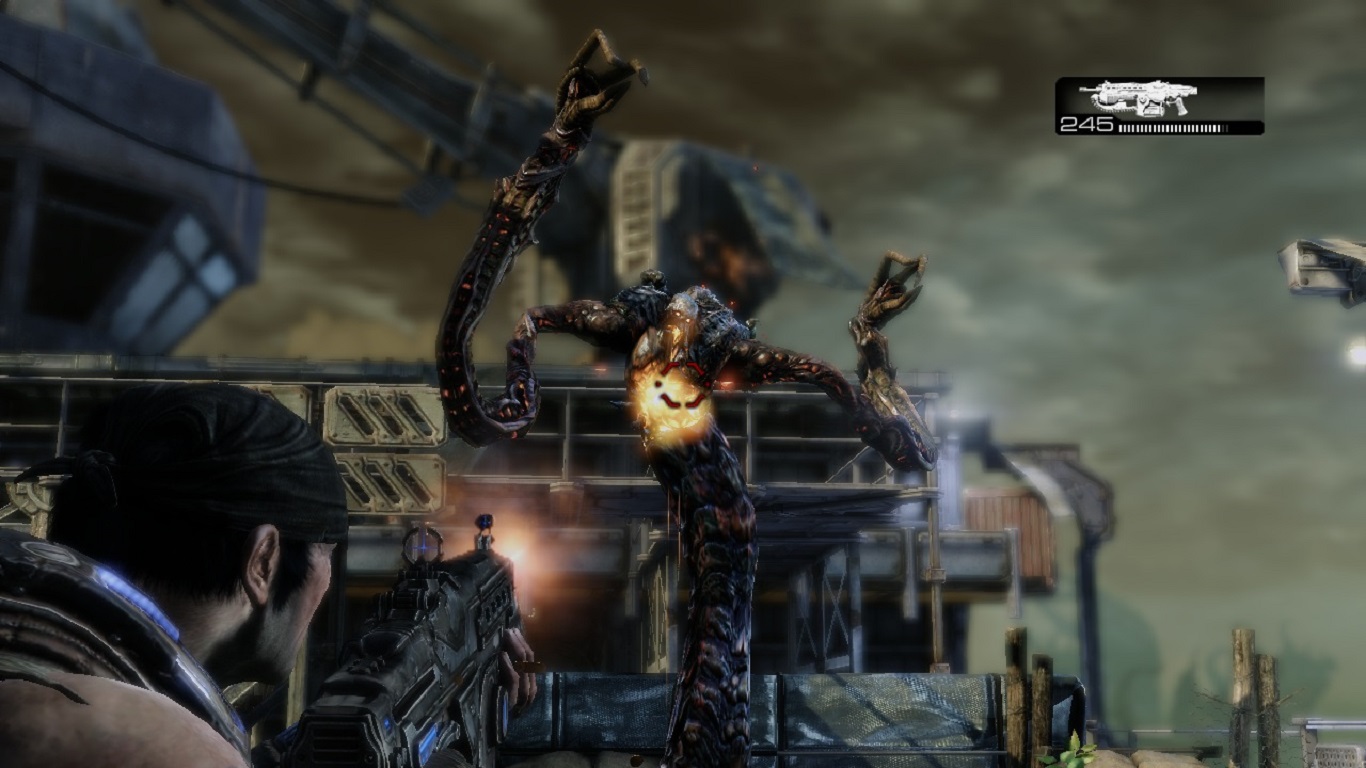
| UNREAL ENGINE 3.5 |
In this version, there was another evolution of the graphic component. So, among other things, the Ambient occlusion post-processing filter was added, which improves shadows and lighting. The number of processed characters in the frame has been increased. The dynamic water surface technology has been redesigned to a new level, soft body physics and destructible environments have also been significantly improved.
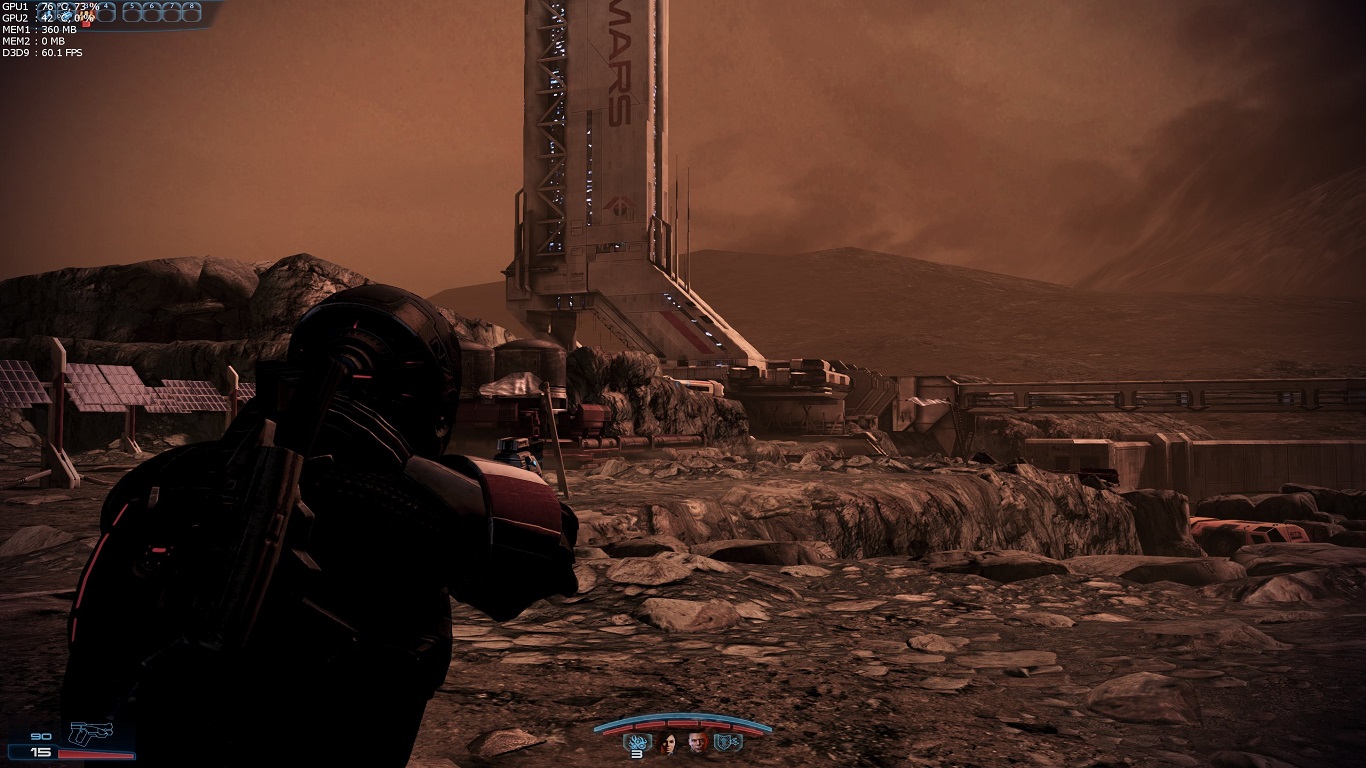
In March 2010, an announcement of new features of the engine was published, which were presented at the Game Developers Conference 2010. One of the main innovations is the new Unreal Lightmass lighting system, which uses lossless global illumination features that were implemented in older lighting systems. Improved work with multiprocessor systems - distribution of tasks between multiprocessor systems using Unreal Swarm, as well as faster compilation of C ++ code and processing of Unreal Script due to Unreal Build Tool.
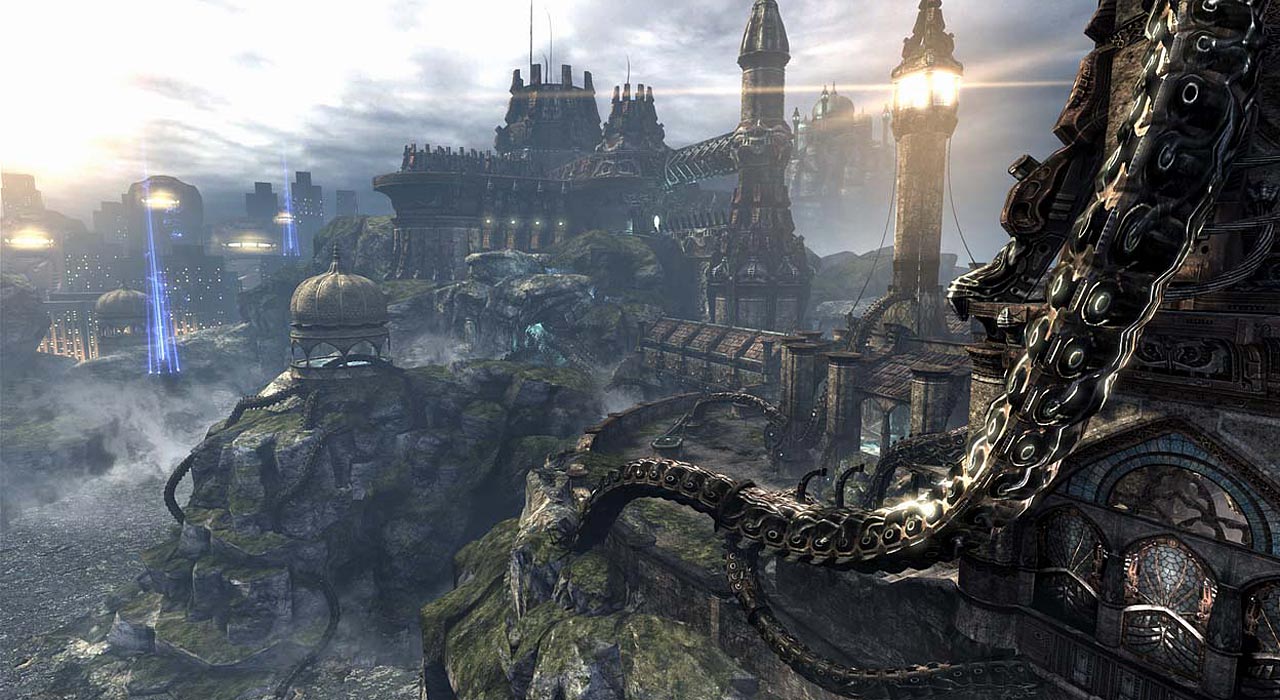
Added its own means of distributing user-generated content - Unreal Content Browser, appeared Unreal Master Control Program - a new master server for updating clients and maintaining global statistics, which is already used in Gears of War 2. In connection with the innovations, Epic Games China planned to demonstrate the use of the engine for massively multiplayer online games.
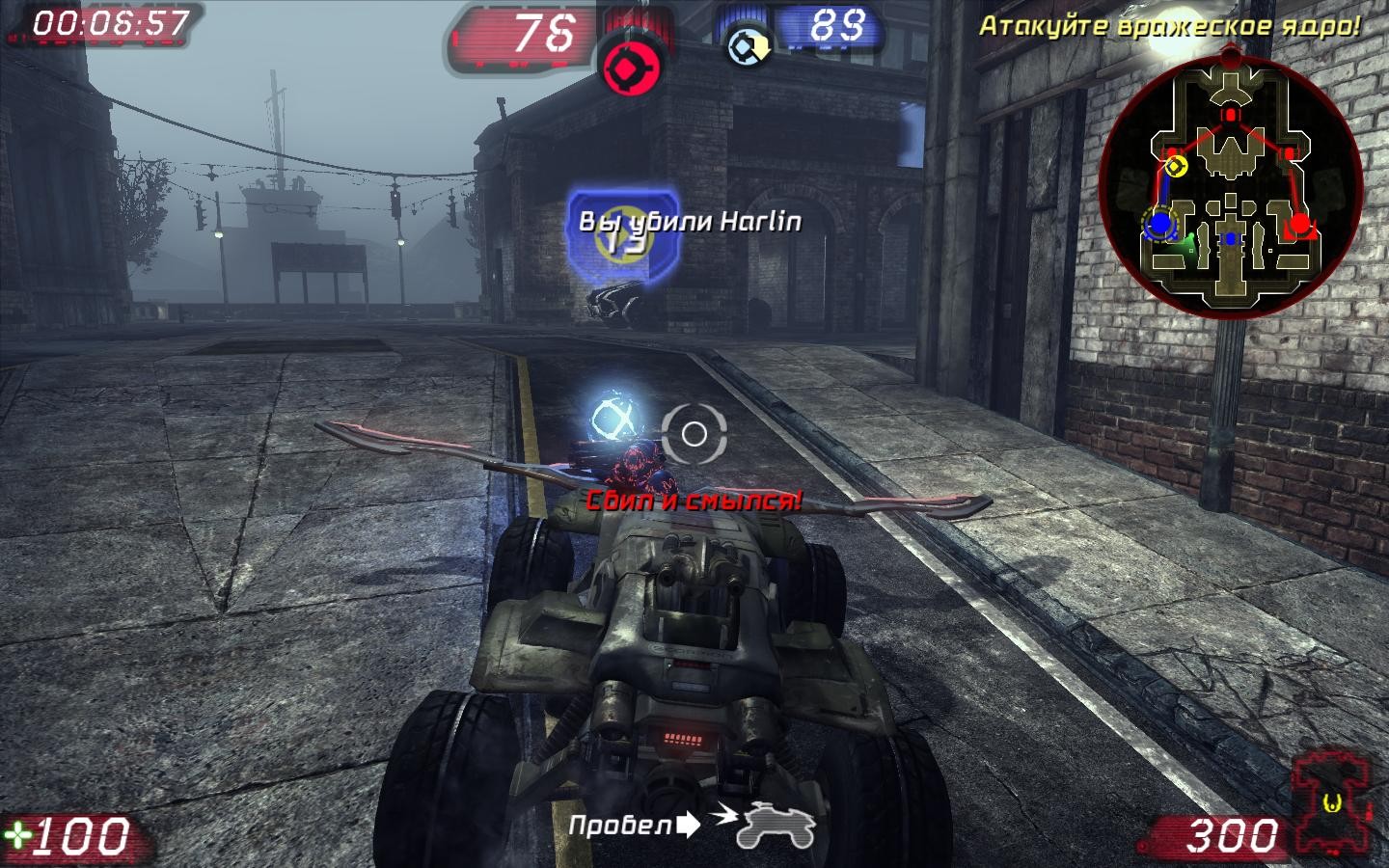
In 2011, Epic Games showed a video about the latest updates made to the Samaritan engine. The press and players began to call it "Unreal Engine 3.9". In the next update, the third-generation engine received support for DirectX 11, as well as a huge amount of related technologies. Was only used in Unreal Championship 2.

| UNREAL DEVELOPMENT KIT |
Although Unreal Engine 3 was open to modding, the ability to sell games based on Unreal Engine 3 was restricted to those who had a license for the game engine. However, in November 2009, Epic Games released a free version of the Unreal Engine 3-based SDK, called the Unreal Development Kit, which became available to every user. Under the current user agreement, game developers can sell their games with a one-time payment of $99 to Epic Games. If a commercial product based on UDK earns a total of $50,000 in profit, then the developer will be forced to pay 25% royalties to Epic Games. In December 2010, a version of the UDK was released to support the creation of games for the iOS platform.
| SYSTEM REQUIREMENTS FOR UNREAL ENGINE 3 |
| Minimum system requirements | Effective system requirements | Optimal system requirements |
|
Processor: AMD Athlon X2 6000+ or Core 2 Duo E8300
RAM: 2048 MB RAM
Video: 512 MB
Video card : Radeon HD 2600 or GeForce 8600 GT Operating systems: Windows XP/Vista/7/8 |
Processor: AMD FX 4100 or Core i 3 2100
RAM: 3076 MB RAM
Video: 1024 MB
Video card : Radeon HD 7770 or GeForce GTX 550 Ti Operating systems: Windows XP/Vista/7/8 |
Processor: AMD FX 6300 or Core i 5 2500
RAM: 4096 MB RAM
Video: 3076 MB
Video card : Radeon HD 7870 or GeForce GTX 660 Operating systems: Windows XP/Vista/7/8 |
| UNREAL ENGINE 4 |

On August 18, 2005, Epic Games Vice President Mark Rein revealed that Unreal Engine 4 has been in development for two years now and its target platforms are personal computers and 8th generation consoles, with the only person working on the engine being Tim Sweeney. Sweeney himself at GDC 2006 announced that the development of the fourth Unreal Engine would not begin until 2008, since UE3 would be relevant until 2010. On October 9, 2008 at TGS, the Square Enix development team reported that they "have seen the next Unreal Engine 4" and "can't wait to work with it". Square Enix previously released The Last Remnant and "had no issues running Unreal Engine 3". The Unreal Engine 4 technical demo presentation was held at E3 2012 on June 7th.
On March 19, 2014, Unreal Engine 4 began its free distribution for everyone with a subscription of $19 per month. The source codes are also posted on the github repository. Epic Games did not initially plan to support the 7th generation of consoles (PS3, XBOX360 and Wii U), heading exclusively for the "next gene" and PC.
| DIFFERENCES AND FEATURES UNREAL ENGINE 4 |
As in the case of its predecessors, Unreal Engine 4 not only brings something new, but also takes the already existing quality of graphics to a new level. One of the most important features is that the engine itself is convenient and makes life easier for the developer. Take for example Blueprint, a scripting system that has been simplified to a simple menu and in which it will be possible to create logical connections between events - this means that scriptwriters do not need special knowledge of programming languages to work with the engine's scripting system. At its core, a Blueprint is an assembly of components that forms a complex game world object. You can edit such an assembly through the Blueprint Editor. Assembly behavior is controlled by the C++ class and the graph editor. Together they complement each other.
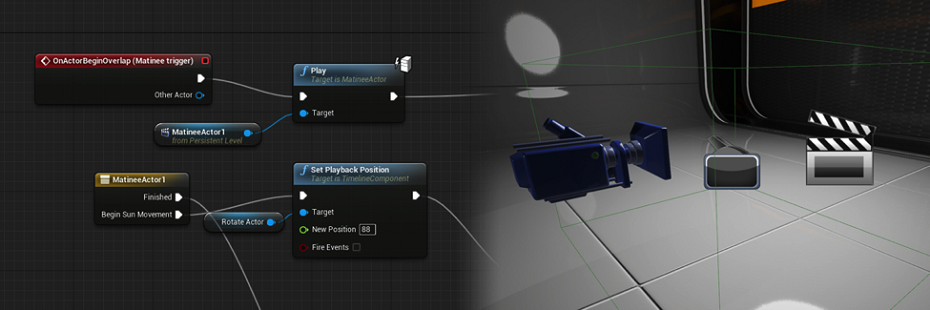
The lighting system in Unreal Engine will be dynamic - different surfaces will reflect light differently according to all the laws of physics. In Unreal Engine 3 you have to place all the lights manually and spend a lot of time calculating the angles of incidence and everything else. In the new version of the engine, all this is adjusted in real time automatically, which helps developers to focus on other details. Particular attention should be paid to the new particle system, which is unique in that, for example, when simulating dust, each individual dust grain will have detail no less than any other similar model, but there will be thousands of such dust particles and they will spread randomly across the screen, independently of each other, that is, not scripted.
Also, among the differences, one can note: a new interface; easy creation of new projects, editing and management of existing ones; You can write in C ++: rejection of UnrealScript; support for DirectX 11; full access to source codes; The new dynamic terrain detailing system allows you to create much larger landscapes. For more specific technical information about Unreal Engine 4, check out our Unreal Engine 4 GPU Benchmark . The only PC game currently using Unreal Engine 4 is DayLight. We are looking forward to projects that will fully unlock the full potential and beauty of this engine both on PC and next generation consoles.
| SYSTEM REQUIREMENTS FOR UNREAL ENGINE 4 |
| Minimum system requirements | Effective system requirements | Optimal system requirements |
|
Processor: AMD Athlon X4 or Core 2 Quad
RAM: 4096 MB RAM
Video: 1024 MB
Video card : Radeon HD 5850 or GeForce GTX 560 Operating systems: Windows XP/Vista/7/8 |
Processor: AMD FX 6300 or Core i 5 2500
RAM: 8192 MB RAM
Video: 2048 MB
Video card : Radeon HD 7970 or GeForce GTX 680 Operating systems: Windows XP/Vista/7/8 |
Processor: AMD FX 8350 or Core i7 2600
RAM: 8192 MB RAM
Video: 3076 MB
Video card : Radeon HD 7970 or GeForce GTX 680 Operating systems: Windows XP/Vista/7/8 |
| IRONSPONSORS |
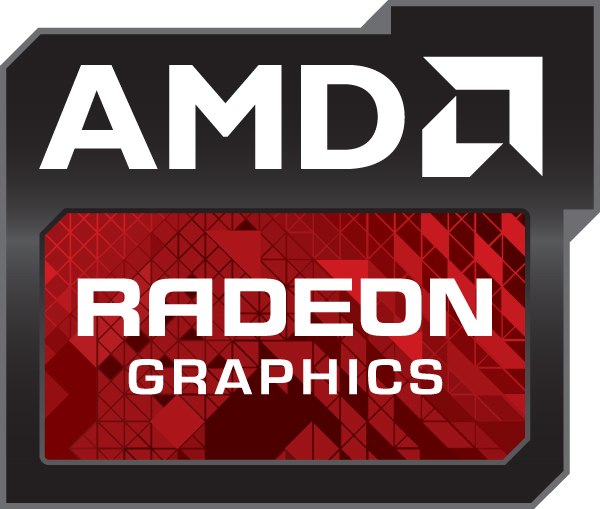 |
 |
 |
| GAME SPONSORS |
Check out Unreal Engine 1 1 1 1 1 1 1 1 1 1 Rating 75% [13 Votes] |
Check out Unreal Engine 2 1 1 1 1 1 1 1 1 1 1 Rating 86% [16 Votes] |
Check out Unreal Engine 3 1 1 1 1 1 1 1 1 1 1 Rating 79% [14 Votes] |



